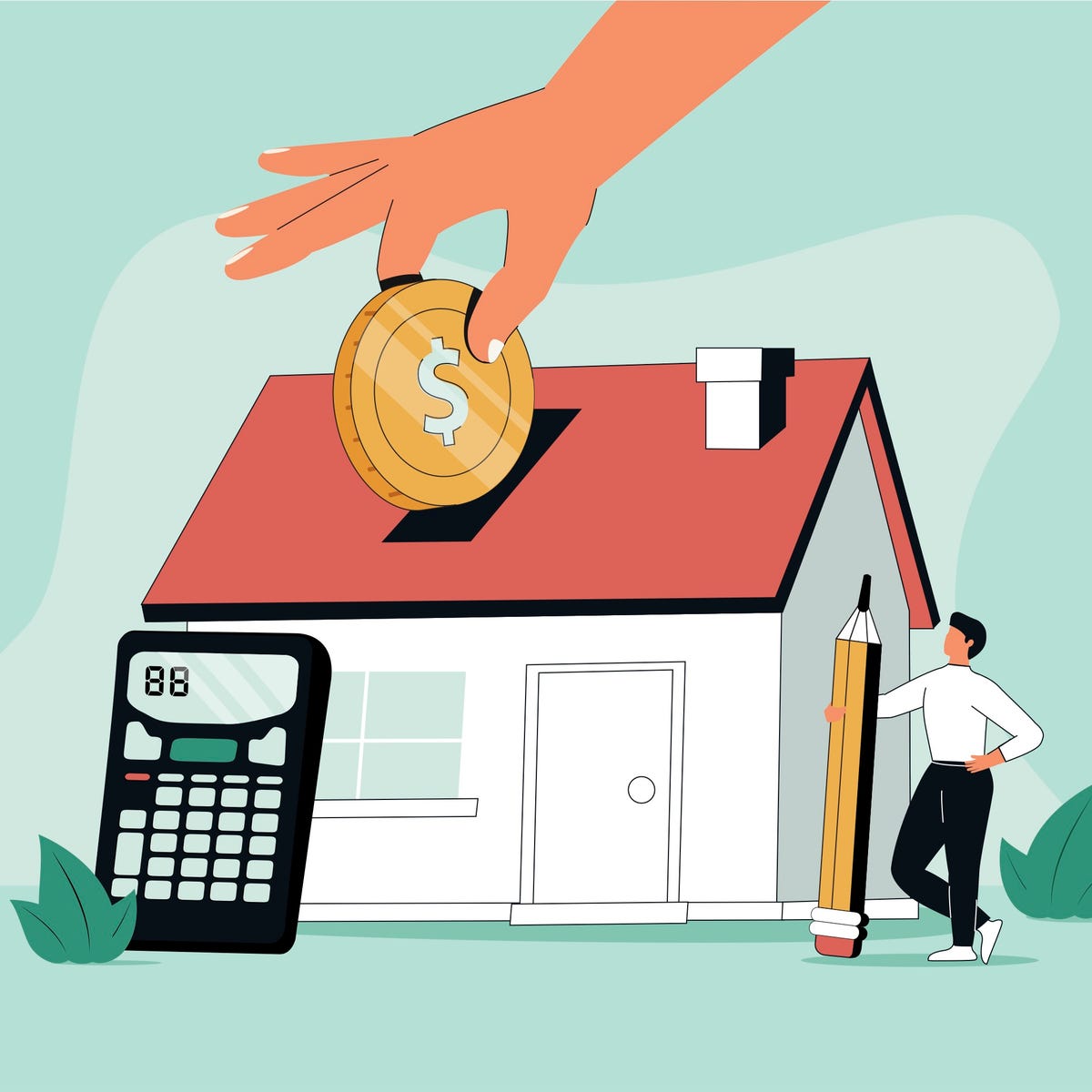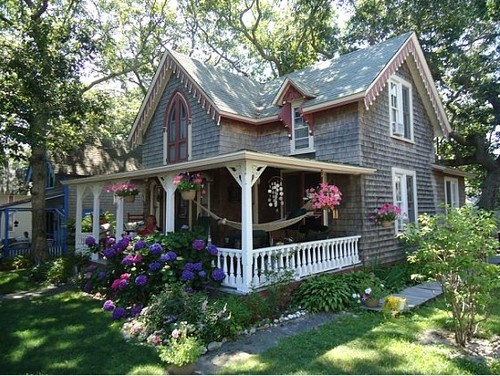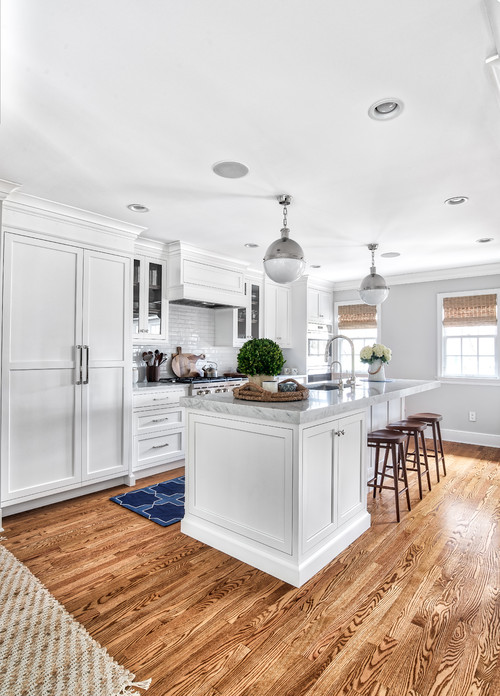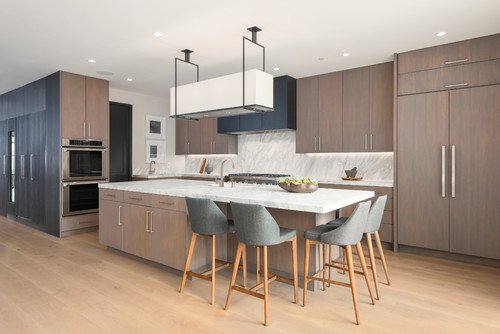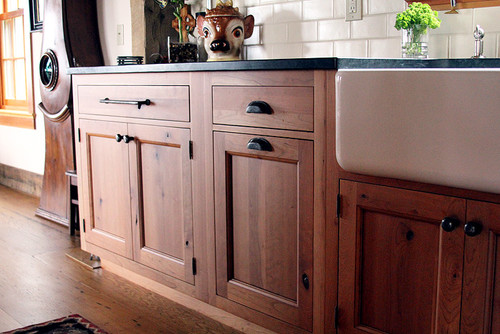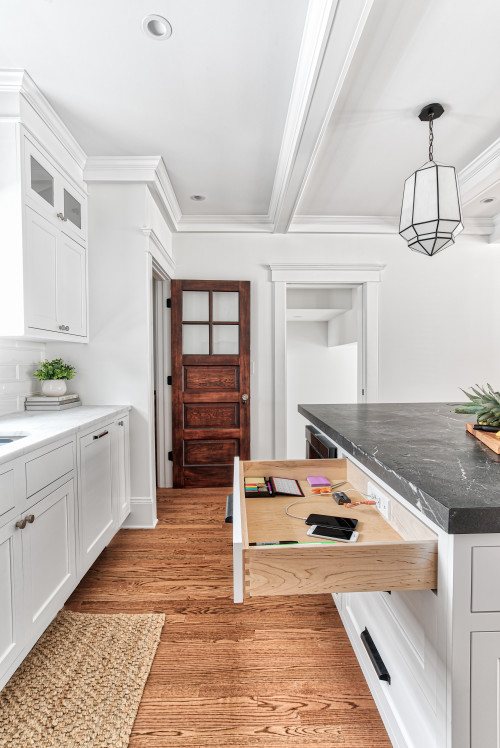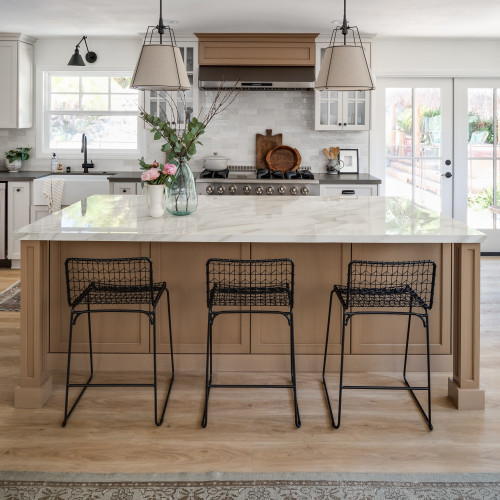We’ve all come to accept—and perhaps even expect—some of the enhanced language sellers use in real estate listings.
You know the ones we’re talking about: “Cozy” can be code for small, “charming” likely means old, “efficient” often stands in for small, and “unique” might suggest it’s hard to sell.
Yes, some sellers use language to smooth over a home’s rough spots. But when homeowners veer into actual untruths, it’s a problem.
It’s one thing to hide clutter and spruce up the living room furniture to prepare the home to sell, but it’s another thing entirely when sellers outright fib to potential buyers. Read on to get the lowdown on how white lies can torpedo a sale.

Fudging the truth or telling a lie?
So what’s the difference between fluffing your home’s resume and a bona fide lie?
“Any white lie that misrepresents the condition of the home, neighborhood safety, or selling timeline can have serious consequences,” says Jennifer Spinelli, a real estate agent and the founder/owner of Niche Home Buyer in Albuquerque, NM. “Buyers are looking for honesty and transparency, so avoid any attempt to manipulate or deceive them.”
And depending on the severity of the lie, buyers might seek legal action against the seller.
“Buyers could sue the seller for misrepresentation and breach of contract,” says Martin Boonzaayer, a real estate agent in Phoenix.
To help you stay out of hot water (and sell your home), we’ve rounded up the top five white lies homeowners might be tempted to tell.
1. The house hasn’t been on the market that long
Sellers pretending their home just hit the market (when it’s been sitting for weeks) is probably one of the most common untruths told during the selling process.
Sellers tell this not-so-white lie hoping buyers won’t think something is wrong with the house if it’s been on the market for a while. Or sometimes, sellers want to create a sense of urgency so a buyer will make an offer on the home.
“The truth will eventually come out,” says Spinelli. “And no one likes being deceived.”
So seller’s beware—it’s pretty easy for a buyer’s real estate agent to look at your property’s history on the multiple listing service to determine the listing date. And if the home has been removed and relisted, that will also show up.
2. We ‘just’ installed the HVAC/roof/plumbing
Another typical white lie sellers tell is about recent upgrades that were actually made years ago.
But any fudging a seller does about the HVAC, roof, or plumbing will eventually come out during the home inspection.
“It’s a terrible idea not to disclose everything you know about your home, because it can lead to a buyer walking away from the deal if they discover the issue during an inspection,” says Diana Rodgers, a real estate agent with Keller Williams in Philadelphia.
3. This is a great neighborhood
A seller might be tempted to tell a white lie about the amenities in an area or how safe the neighborhood is. But neighborhood safety is also one of the easiest things potential buyers can find out on their own.
Buyers can research online and find out the local crime rate to determine the safety of a neighborhood. And they can also visit the local police department and request public records like police reports for the area.
“While it’s important to highlight positive attributes of the area, exaggerating or fabricating details can misrepresent what a potential buyer is getting into,” Spinelli says. “This could cause them to abandon the sale completely.”
4. The neighbors are all wonderful
A seller fibbing about their next-door neighbors might seem like a tiny white lie. But, again, when the truth comes out, it can spell bad news.
Michael Winkler, a real estate agent and co-founder of Sell Home Today, had a potential buyer who drove by a house they were interested in at night. The seller had said the neighborhood was quiet. But there was a loud party raging next door to the house for sale.
The buyer ended up looking for another property.
“A seller should never lie about disruptive neighbors,” says Winkler.
5. We’ve never had a mold problem
State laws vary on whether sellers must disclose the presence of water damage or mold.
Yet, since mold can lead to serious health issues, the ethical thing for all sellers to do is be upfront about it—even if there is no legal requirement to do so.
Failing to do so could open the seller to potential liability lawsuits.
Deni Suplee, a real estate agent with Long and Foster in Doylestown, PA, experienced firsthand a problem with a seller not disclosing the presence of mold.
Suplee and her husband bought a house that passed a home inspection. But five months later, dark spots appeared in the bathroom.
“The owners covered up the mold instead of doing remediation,” says Suplee. “So we were able to force a complete fix. This included mold cleanup, repainting, and the addition of a bathroom exhaust fan. Guess who had to pay the price for all of this? The sellers!”
For this and related articles, please visit Realtor.com






